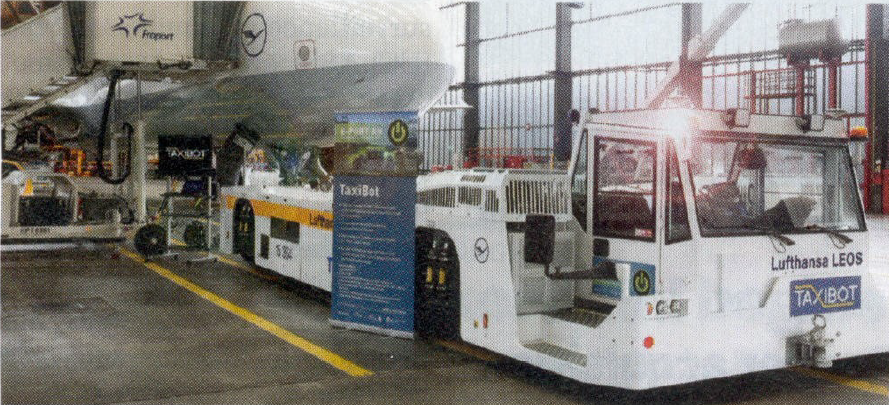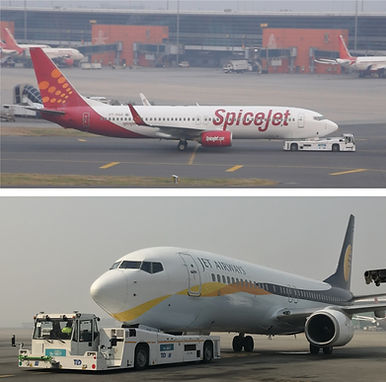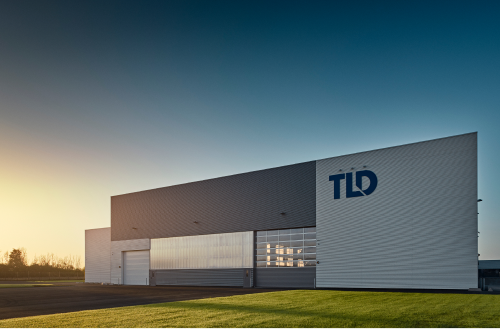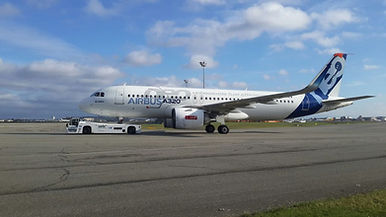German flag carrier will evaluate performance of semi-robotic tow-tractor on scheduled 737 flights at Frankfurt airport
Lufthansa will undertake a six-month trial of the pilot-controlle3d TaxiBot tow-tractor for scheduled flights at Frankfurt airport, starting in August.
The semi-robotic tug, developped by Israel Aerospace Industries, will move the German flag carrier’s departing Boeing 737s from ramp to runway to avoid using the main engines for regular taxiing. The first of three beta-model Taxibots was delivered to the airline’s groundhandling arm, Lufthansa Engineering and Operational Services in early June.
The objective of the trial is to evaluate the Taxibot’s suitability for daily operations at a major airport and determine actual fuel savings, says Franz-Josef Kirschfink, technology projects director at Lufthansa Technik.
The airline wants to assess handling of the hybrid-powered vehicle, taxiing speeds, how towed 737s fit into regular aircraft taxiing traffic. and any potential disruptions. Particular attention will be paid to attachment and disconnection procedures. Finding the optimal moment to detach the tug without holding back surrounding aircraft, and starting the main enginess for the minimum required warm-up time before take-off are among the most “exciting” questions, says Kirschfink.
Taxibot liftsthe nose landing gear like a conventional tow-tractor. Attachment and disconnection is conducted by the driver, who remains in the vehicle during the entire operation. However, the aircraft’s wheels stand on a rotating platform, which allows free nose-gear steering movements and translates the pilot’s inputs – via the nose-wheel tiller – into directional inputs for the tug. Once the nose landing gear is secured on the Taxibot – and the drivers hands control to the pilot – the vehicle starts moving forward. The pilot can control the speed via the aircraft’s wheel brakes.
The nose-wheel platform also allows some lateral movement to absorb loads and avoid nose-gear damage. Trials of similar systems, notably by Virgin Atlantic in 2006 on the easibility of using conventional tractors to tow 747s to the runway, revealed excessive loads on the aircraft’s nose gear. However, early Taxibot evaluations suggest this is not a problem.
Trials will only take place on departing flights. Lufthansa has previously partnered L-3 Communications to conduct taxi trials with an Airbus A320 equipped with electrical motors on both main landing gears.
Author: Michael Gubisch




